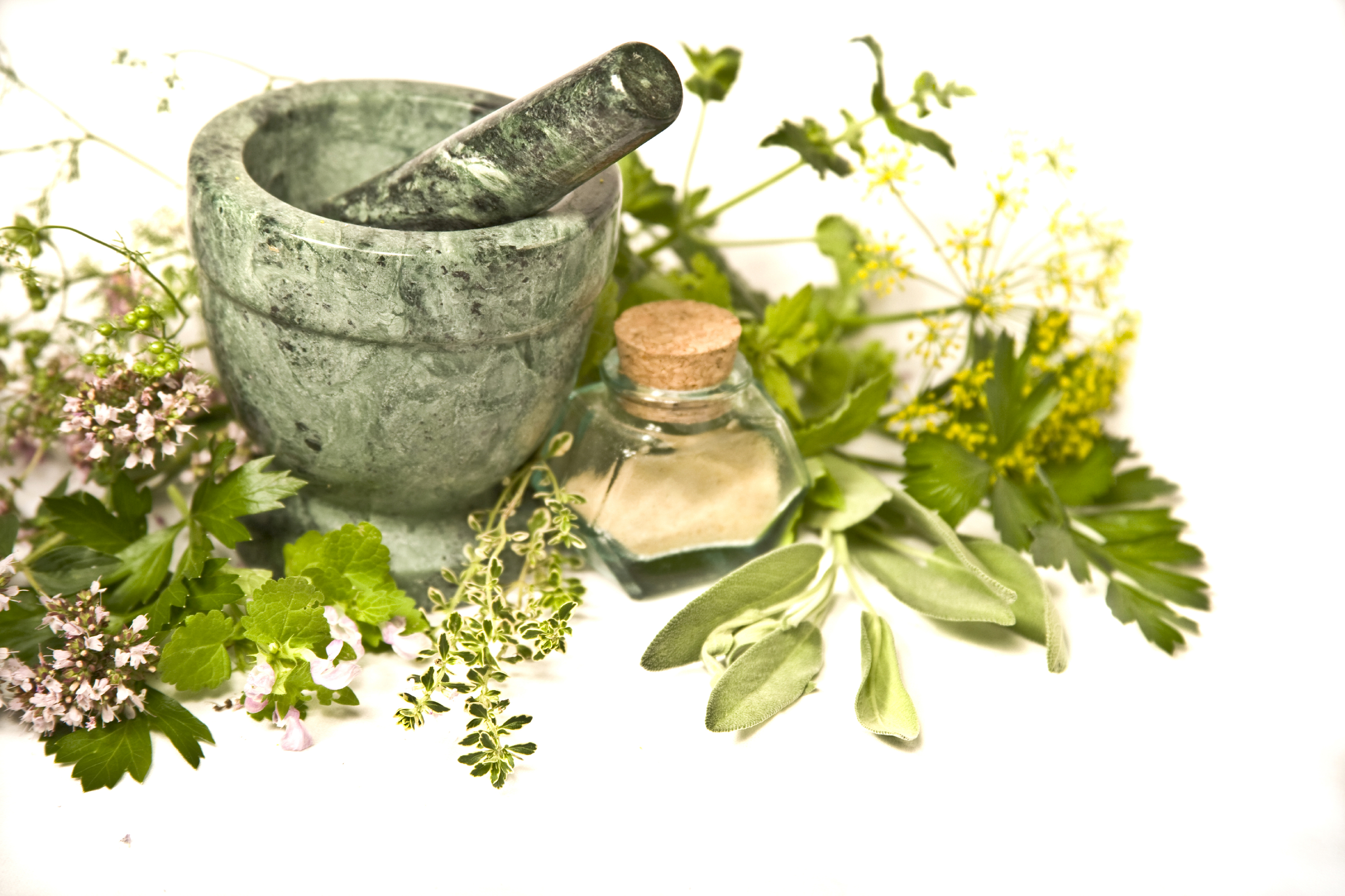It’s good to know more about simple herbs to protect us against infections as well as cure us from infections and disease. Some herbs can be consumed directly; some need to be made into teas or tinctures, while others are offered as essential oils or in capsules as supplements. Here are five choices linked to articles explaining in greater detail.
Garlic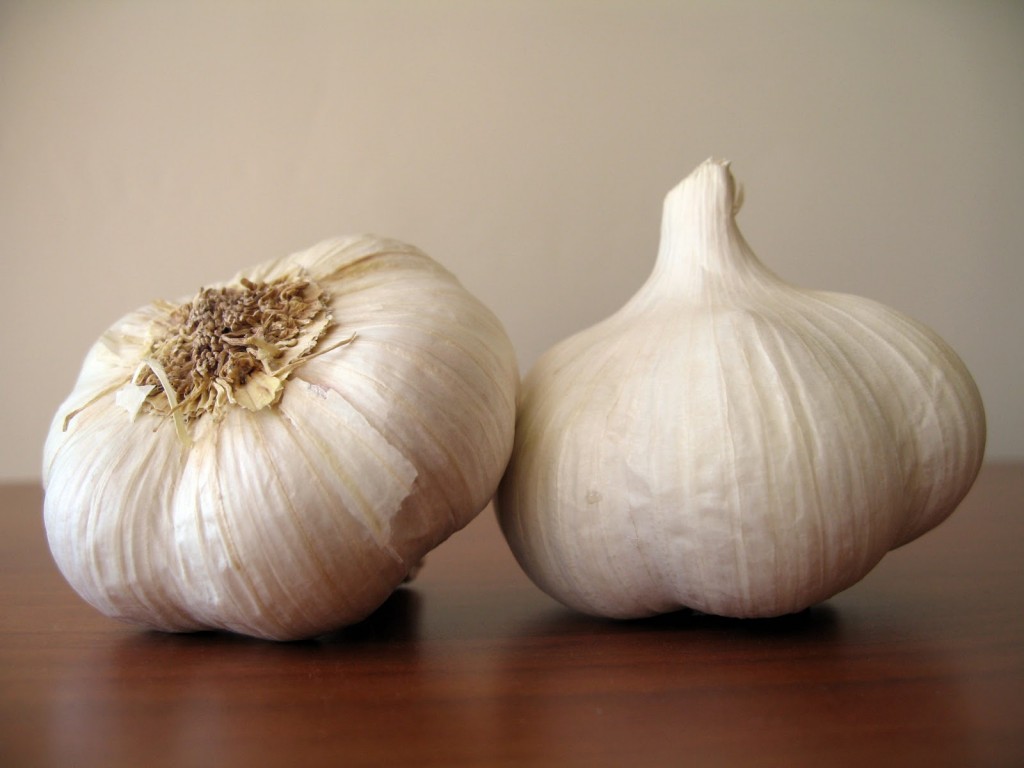
This one is easy to use with food on a daily basis. The technical botanical term for garlic isAllium sativa. It has been used throughout history as an antibiotic. Russians have used it so often that they consider itRussian penicillin.
Recent research has discovered that it also boosts all other antioxidant activity in one’s body.
Garlic’s broad antimicrobial spectrum incorporates antifungal, antiparasitic, antiprotozoan, and antiviral attributes in one food source. Garlic is most potent chewed or crushed raw (Source).
Cat’s claw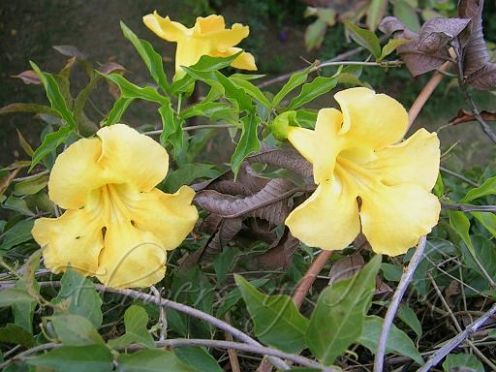
The best cat’s claw comes from Peru. Avoid Northern Mexico-Southern Texas cat’s claw. It lacks efficacy and is potentially poisonous. The Spanish name is una de gato. Scientifically it’s known as Uncaria tomentosa.
Cat’s claw has come into research prominence since the 1970s after centuries of use by Peruvian Indians for a wide variety of ailments. Read about its recently discovered attributes here.
Cat’s claw has been discovered to have anti-cancer properties that can be added to other natural cancer therapies (Source).
Clove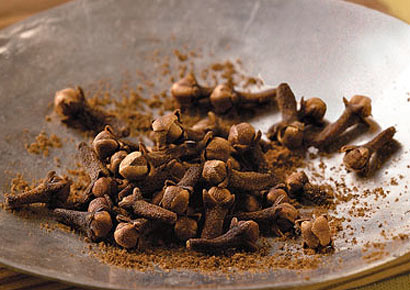
Clove’s healing properties go beyond its popular use as an analgesic applied to gums for toothache pain. It is antifungal, antiviral, and antibiotic. It can handle some bacterial strains that medical antibiotics can’t touch.
It’s the main component of the legendary Four Thieves oil that helped some survive the great medieval European plague. Of course, Four Thieves oil is mixed with other essential oils.
But clove oils do exist alone, and the fresh organic buds can be used to make a powerful, antimicrobial pathogen tea. For more information, check out this article.
Oregano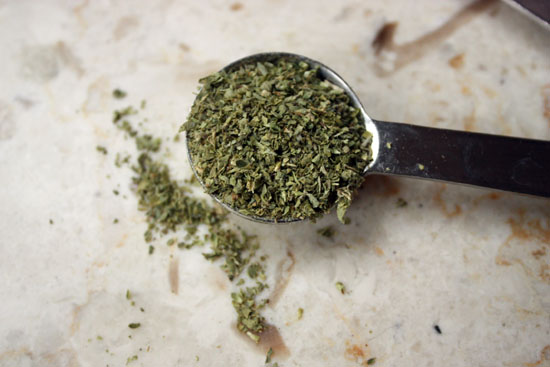
Oregano is most potent as an essential oil. Many consider wild Mediterranean mountain oregano the best. Oregano also combats a wide spectrum of pathogenic microbes. It has also shown the ability to fight off yeast infections, including Candida, especially in conjunction with clove bud oil (Source).
Elderberry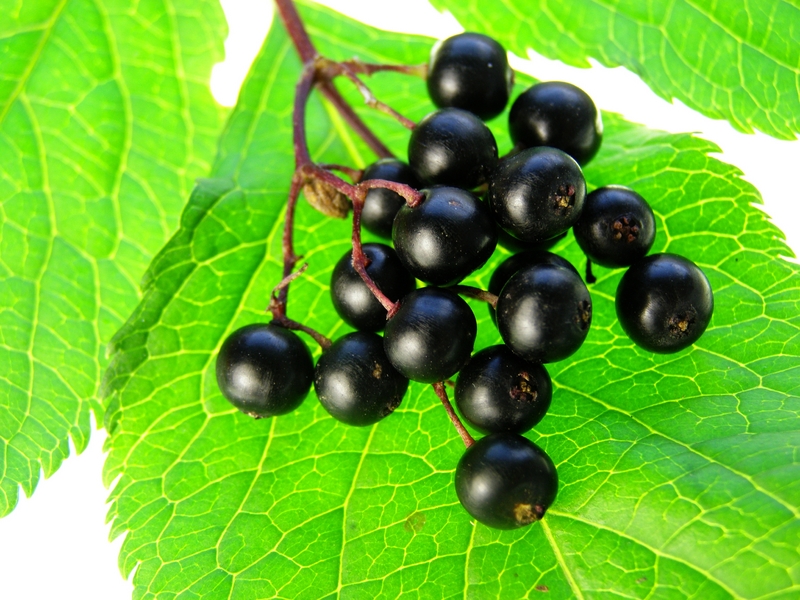
The black elderberry, or Sambucas nigra, is easy to have on hand for colds and flus. It’s sold commercially as tinctures or syrups. It is more effective than pharmaceuticals, including Tamiflu, with absolutely no side effects and is much less expensive.
Of course, you can make your own tincture with a very long shelf life cheaply as well. Instructions are at the bottom of this article, along with curative test results (Source).
Essential oils are very strong and potent. Use caution, especially with the multi essential oil Four Thieves. Follow the manufacturer’s advice closely by using it topically, aromatically, or ideally mix a few drops in fresh unsweetened juice to drink.
Consuming essential oils straight is at best unpleasant and at worst causes bad reactions. But diluted properly, it’s very effective consumed orally.
These five herbs can be used according to one’s health situation in conjunction with each other or most other herbs.
Source: Natural News

